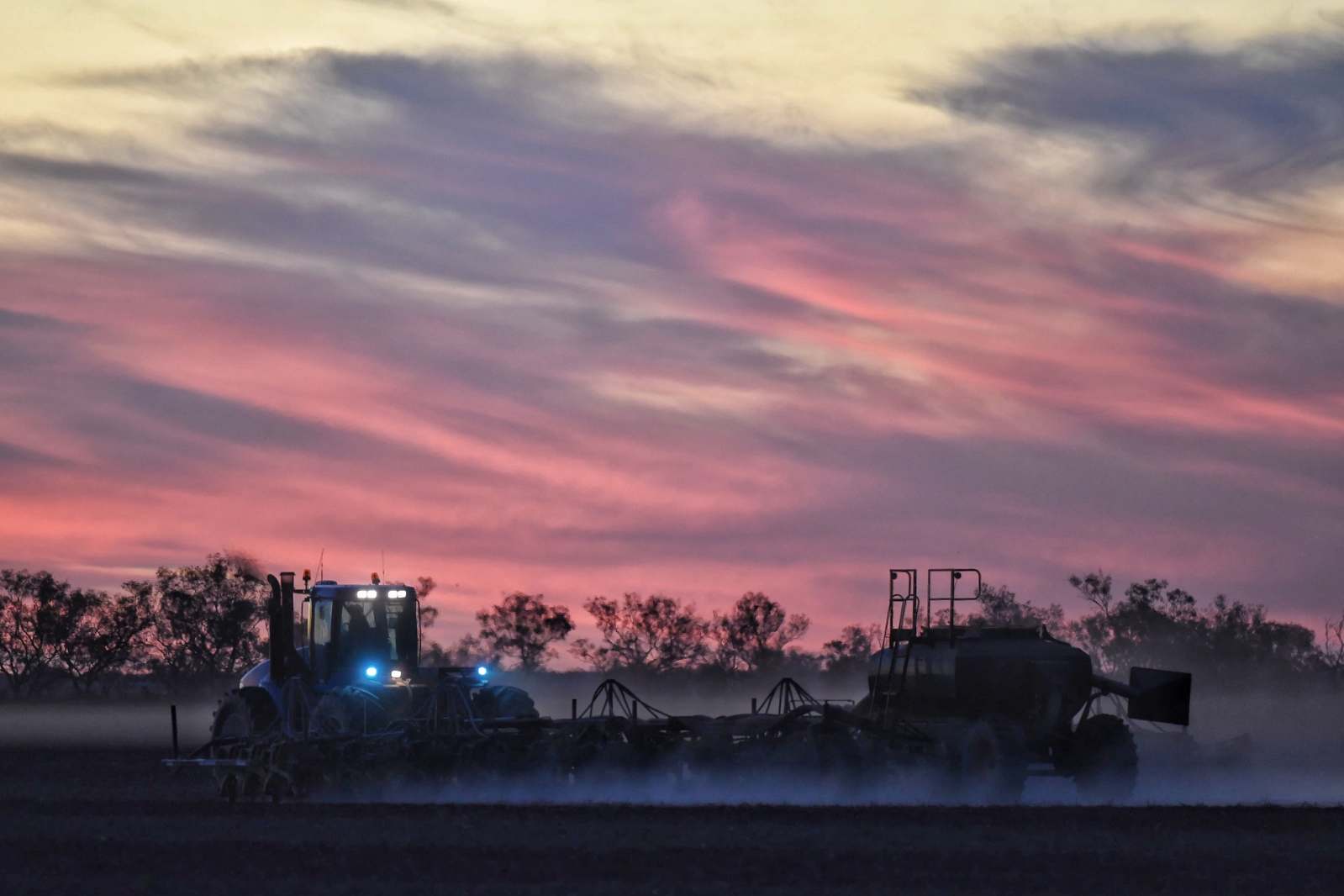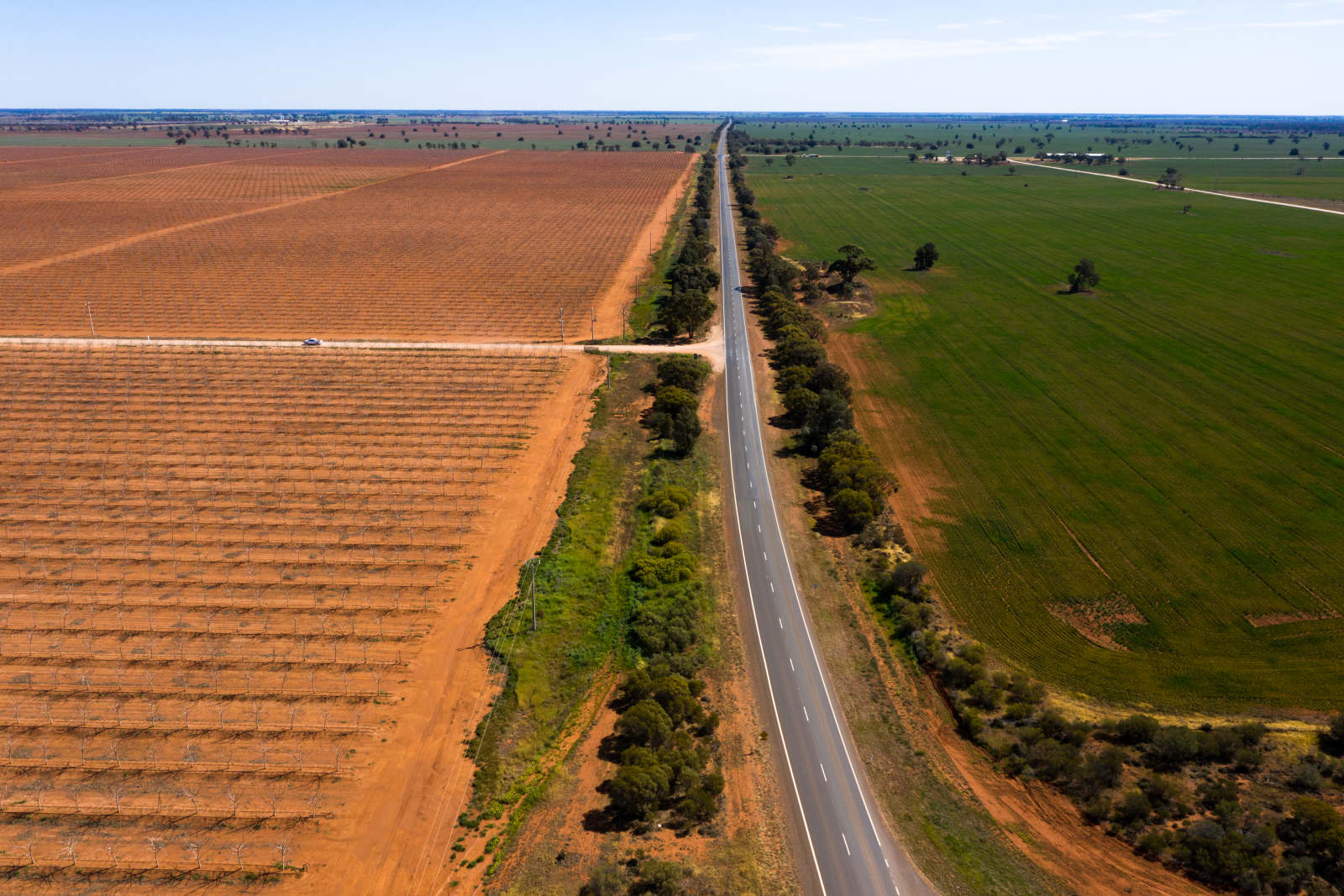Water market may not be 'good thing for the country', Basin chief says
by Peter HannamThe head of the Murray Darling Basin Authority says water markets are hollowing out regional communities by altering the mix of farming and food industries in ways that may not be in the national interest.
Phillip Glyde told the The Sydney Morning Herald and The Age "the constant drive to be more efficient" was cutting jobs – meaning fewer people in towns, fewer kids in schools and fewer health services in regional areas.

"The markets are behaving entirely sensibly [but] is this a good thing for the country?", the chief executive of the authority said.
Mr Glyde's comments come weeks before the Australian Competition and Consumer Commission completes its interim report on the operation of the basin's water markets by June 30.
They are also much more trenchant than the authority's formal submission to the inquiry, and also come after the coronavirus pandemic has fanned food security fears.
While the $13 billion Basin Plan had generated "angst" in some communities as it aims for a 20 per cent cut in water extraction, "less attention was paid to the operation of the markets", Mr Glyde said.
The pressure to squeeze out less-efficient farmers "drives the socio-economic dislocation, it drives the political resistance to further withdrawal of water from all over the Basin", he said.
The ACCC's report will focus particularly on water supply and demand trends since 2012 but specifically excludes a study of social and economic impacts of water trading on basin communities and the effectiveness of water buybacks for the environment.
Critics of water trading say the long drought in the Basin, now apparently drawing to an end, had highlighted many perverse outcomes resulting from water licences able to be separated from land and traded.
For instance, a dairy farmer selling her 100-megalitre licence on Victoria's Goulburn River to an almond grower in Renmark in South Australia suffers no discount on the sale despite likely losses of 20 per cent or more through seepage or evaporation to transport the water down the rivers.

The taxpayer-funded Commonwealth Environmental Water Holder, by contrast, has to account for those so-called conveyance losses.
"The losses are essentially accumulated by the environment," Richard Kingsford, a leading ecologist at the University of NSW, said. "Everyone says it's a mess."
High-valued perennial crops, such as nuts, have played a crucial role in outbidding dairy and annual crops such as rice in markets for "temporary water".
Almond orchards – now approaching 50,000 hectares in the Basin – need seven years before they mature and require as much as 14 million of litres per hectare each year.
In its ACCC submission, the Almond Board of Australia noted it takes 17 days to reach farms in Sunraysia from major reservoirs. Having increased storage capacity near their booming farms "would be beneficial", it said.
Still, the water market lacked transparency and was "more readily manipulated than larger markets", and the share of accounts in Victoria "unlinked to land or irrigation" had more than quadrupled to almost 22 per cent in 2017-18 from three years earlier.
The Basin's dairy industry, which supplies about one-fifth of Australia's milk supply, is particularly vulnerable. Many farmers sold their permanent entitlements during the Millennium Drought and "now require 60 per cent more water than they own", the Australian Dairy Industry Council said in its ACCC submission.